1. Sears

Once the cornerstone of American retail, Sears has been steadily fading from the public eye, according to Jacob Willeford from The US Sun. In 2025, the company continues to close stores, with only a handful remaining. The rise of e-commerce and mismanagement have eroded its customer base. Once known for its mail-order catalogs and department stores, Sears now struggles to stay afloat.
The brand’s inability to adapt to changing consumer habits has been its downfall. While it once revolutionized shopping, today it serves as a cautionary tale. The few remaining stores are a shadow of their former selves. Sears’ decline reflects the broader challenges faced by traditional retailers in the digital age.
2. Kmart
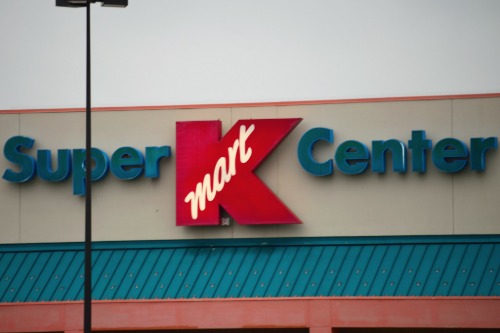
Kmart, once a staple of American discount retail, is nearing extinction in 2025, according to Chris Isidore from CNN. The company has been closing stores for years, unable to compete with giants like Walmart and Amazon. Its outdated business model and lack of innovation have left it behind. Customers have moved on to more modern shopping experiences.
The few remaining Kmart stores are struggling to attract shoppers. Efforts to revamp the brand have fallen flat. In an era of convenience and online shopping, Kmart’s brick-and-mortar approach feels antiquated. The brand’s decline underscores the importance of adaptability in retail.
3. JCPenney
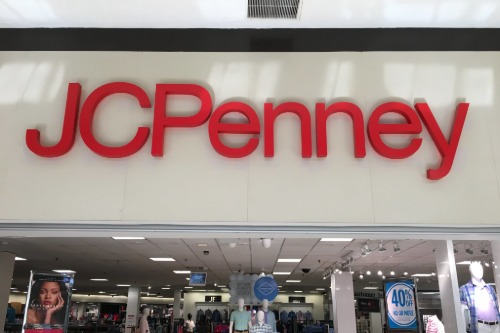
JCPenney, another iconic department store, continues to face challenges in 2025, according to Kelly Tyko from Axios. The company has been closing underperforming stores as it attempts to restructure. Competition from online retailers and changing consumer preferences have taken a toll. Despite efforts to modernize, JCPenney struggles to regain its former glory.
The brand’s reliance on traditional retail spaces has proven problematic. Shoppers are increasingly favoring online options and specialized retailers. JCPenney’s attempts to pivot have been met with mixed results. Its future remains uncertain as it navigates a rapidly evolving retail landscape.
4. Bed Bath & Beyond

Bed Bath & Beyond is facing significant headwinds in 2025. The home goods retailer has been closing stores amid declining sales and mounting debt, according to Nathaniel Meyersohn from CNN. Competition from online retailers and changing shopping habits have eroded its market share. Efforts to revamp its business model have yet to yield significant results.
The brand’s once-loyal customer base is shrinking. Shoppers are turning to more convenient and cost-effective alternatives. Bed Bath & Beyond’s struggles highlight the challenges faced by traditional retailers in adapting to the digital age. Its future hinges on its ability to innovate and meet evolving consumer demands.
5. Macy’s

Macy’s, a longstanding name in American retail, is grappling with declining foot traffic in 2025. The department store chain has been closing locations, particularly in underperforming malls, according to Marina Liao from House Beautiful. Efforts to modernize and expand e-commerce have been met with limited success. The brand faces stiff competition from online retailers and changing consumer preferences.
Macy’s struggles underscore the broader challenges facing department stores. Shoppers are seeking more personalized and convenient shopping experiences. The brand’s reliance on traditional retail spaces has become a liability. Macy’s must adapt quickly to remain relevant in a rapidly evolving market.
6. Levi’s
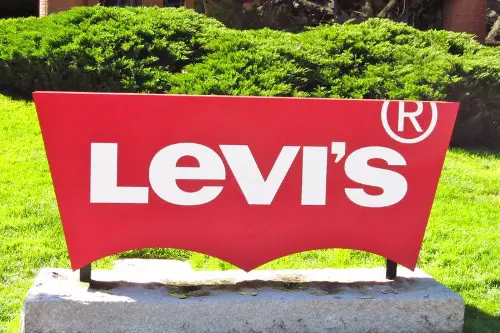
Levi’s, the iconic denim brand, is shifting production overseas in 2025. The company is closing its remaining U.S. factories, citing rising labor costs and the need for efficiency. Production is moving to countries like Bangladesh and Vietnam. This move marks the end of an era for American-made Levi’s jeans.
The decision reflects broader trends in global manufacturing. Consumers are increasingly prioritizing cost over domestic production. While some may lament the loss of American-made Levi’s, the brand hopes to remain competitive in a global market. The shift underscores the challenges of maintaining domestic manufacturing in a globalized economy.
7. Harley-Davidson

Harley-Davidson is relocating production to Asia and Europe in 2025. The move aims to reduce costs and be closer to growing markets. Tariff battles and declining U.S. sales have prompted the shift. This change marks a significant departure from the brand’s American roots.
The decision has sparked controversy among loyal customers. Harley-Davidson’s identity is closely tied to American manufacturing. The move reflects the company’s efforts to adapt to a changing global market. Balancing tradition with economic realities remains a challenge for the brand.
8. Whirlpool

Whirlpool is moving production to Mexico in 2025. The appliance manufacturer cites the need for cost savings and supply chain efficiency. This decision affects its KitchenAid brand, known for American-made mixers. The move marks a shift in the company’s manufacturing strategy.
The relocation reflects broader trends in the appliance industry. Companies are seeking to reduce costs and streamline operations. While some consumers value American-made products, price and efficiency often take precedence. Whirlpool’s decision underscores the complexities of global manufacturing.
9. Converse
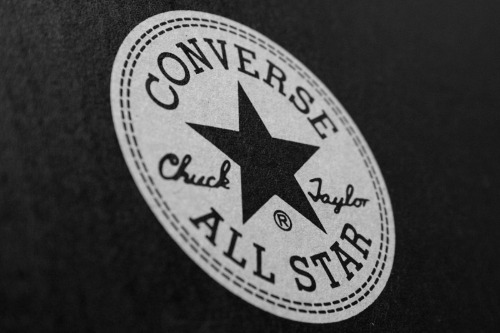
Converse, once the go-to brand for American-made sneakers, is transitioning to overseas production in 2025. The company, now owned by Nike, has decided to close its final U.S. manufacturing plant, moving production to Asia. This move is part of an effort to reduce costs and streamline operations. While Converse remains iconic, the shift marks the end of its “Made in the USA” legacy.
For decades, Converse was synonymous with American craftsmanship. But with the rising cost of domestic manufacturing, the brand had little choice but to adapt to global production. While it may upset long-time loyalists, Converse is hoping to keep up with the demand for affordable, high-quality footwear. As the global market continues to evolve, Converse must prioritize efficiency to stay competitive.
10. Coca-Cola
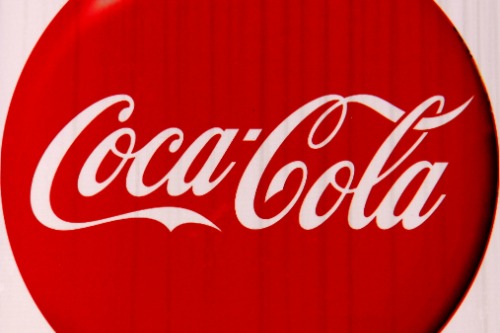
Coca-Cola, the quintessential American beverage, has started seeing a decline in popularity in 2025. As consumer tastes shift toward healthier alternatives, sugary sodas are losing their grip on the market. The brand has attempted to diversify its offerings with products like Coke Zero and flavored waters, but these efforts have not completely mitigated the drop in sales. Health-conscious consumers, especially younger generations, are increasingly avoiding sugary drinks.
The traditional soda market is shrinking, and Coca-Cola’s legacy as a sugary indulgence is starting to feel outdated. Despite its massive advertising presence, it can no longer rely on nostalgia alone. With competitors like PepsiCo also facing similar challenges, Coca-Cola’s future depends on how it can reposition itself in the rapidly changing beverage industry. It may need to rethink its entire product line to keep up with evolving tastes.
11. General Motors (GM)

General Motors, a symbol of American automotive strength, is facing an uphill battle in 2025. As electric vehicles (EVs) dominate the market, GM’s reliance on traditional gasoline-powered vehicles has left it scrambling. Despite significant investments in EV technology, the company is struggling to transition quickly enough to keep up with competitors like Tesla and new startups. Consumer preferences are shifting, and GM’s once-dominant position in the market is being undermined.
The company’s efforts to pivot towards electric vehicles have been slow and costly. The legacy models, like Chevrolet and GMC trucks, still make up a large portion of its sales, but these vehicles are increasingly seen as unsustainable in the long term. GM’s challenge is to rapidly evolve its image and product offerings while maintaining the brand loyalty that has served it for over a century. The road ahead is bumpy as it attempts to navigate the shift to a greener, more tech-focused future.
12. Victoria’s Secret
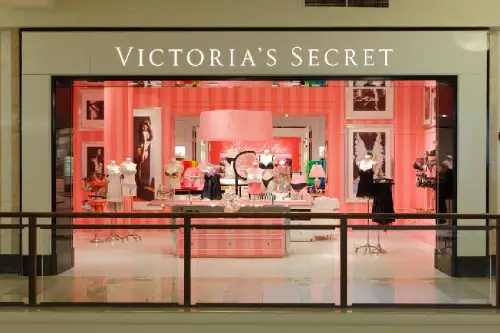
Victoria’s Secret, the once-dominant force in women’s lingerie, has seen a significant decline in 2025. The brand’s iconic image, rooted in hyper-sexualized marketing and the angelic runway shows, has come under scrutiny. As society moves toward more inclusive and body-positive ideals, the brand’s narrow portrayal of beauty feels outdated. Despite some efforts to rebrand, including more diverse models and inclusive sizing, Victoria’s Secret is still struggling to regain its former dominance.
The company’s reliance on a specific, glamorous image has hurt its ability to adapt to the changing expectations of consumers. Shoppers are now gravitating toward brands that promote empowerment and diversity. While the company has made strides to modernize, it’s clear that the old formula no longer resonates with today’s audience. The question remains whether Victoria’s Secret can reinvent itself enough to appeal to a broader, more diverse market.
13. Facebook (Meta)
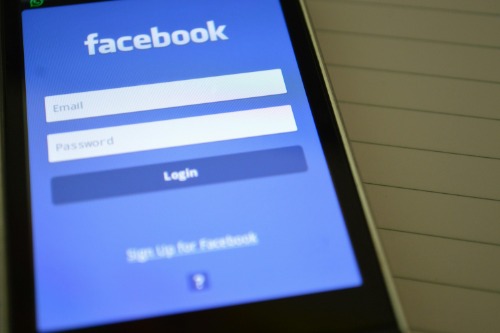
Facebook, once the king of social media, is seeing its influence rapidly wane in 2025. With younger generations flocking to platforms like TikTok and Instagram, Facebook has become less relevant, especially with Gen Z. The platform’s over-reliance on targeted ads, data controversies, and an aging user base have caused trust to erode. In an era where privacy concerns are paramount, Facebook has struggled to present itself as a forward-thinking platform.
Meta, Facebook’s parent company, has been shifting its focus to the metaverse, but so far, this has been more aspirational than profitable. Many users are leaving Facebook in favor of apps that feel more dynamic and less cluttered with ads. As new technologies continue to emerge, Meta faces the daunting challenge of reinventing itself once again. If it can’t keep pace with shifting digital trends, it risks becoming a relic of the past.
14. Tiffany & Co.
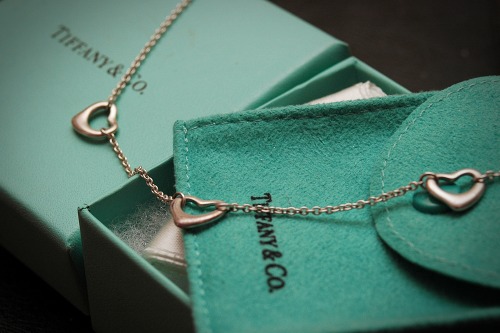
Tiffany & Co., the symbol of luxury and exclusivity, has found itself on the decline in 2025. The once-untouchable brand is struggling to attract younger consumers who are more interested in sustainable and ethical luxury products. The rise of independent jewelry designers, often with a focus on unique pieces and social responsibility, has made Tiffany’s traditional offerings feel too conventional. While the brand is attempting to refresh its image through celebrity endorsements and modern designs, it is facing stiff competition.
The luxury market is shifting, with younger consumers seeking authenticity and sustainability over traditional prestige. Tiffany’s older, more established customers are aging, and the brand has yet to find a way to appeal to a younger, more diverse audience. While it still enjoys recognition for its high-end pieces, Tiffany’s must rethink its strategy to stay relevant in a market that is no longer satisfied with just status and sparkle. Its future success will depend on whether it can adapt to new values without losing its heritage.


